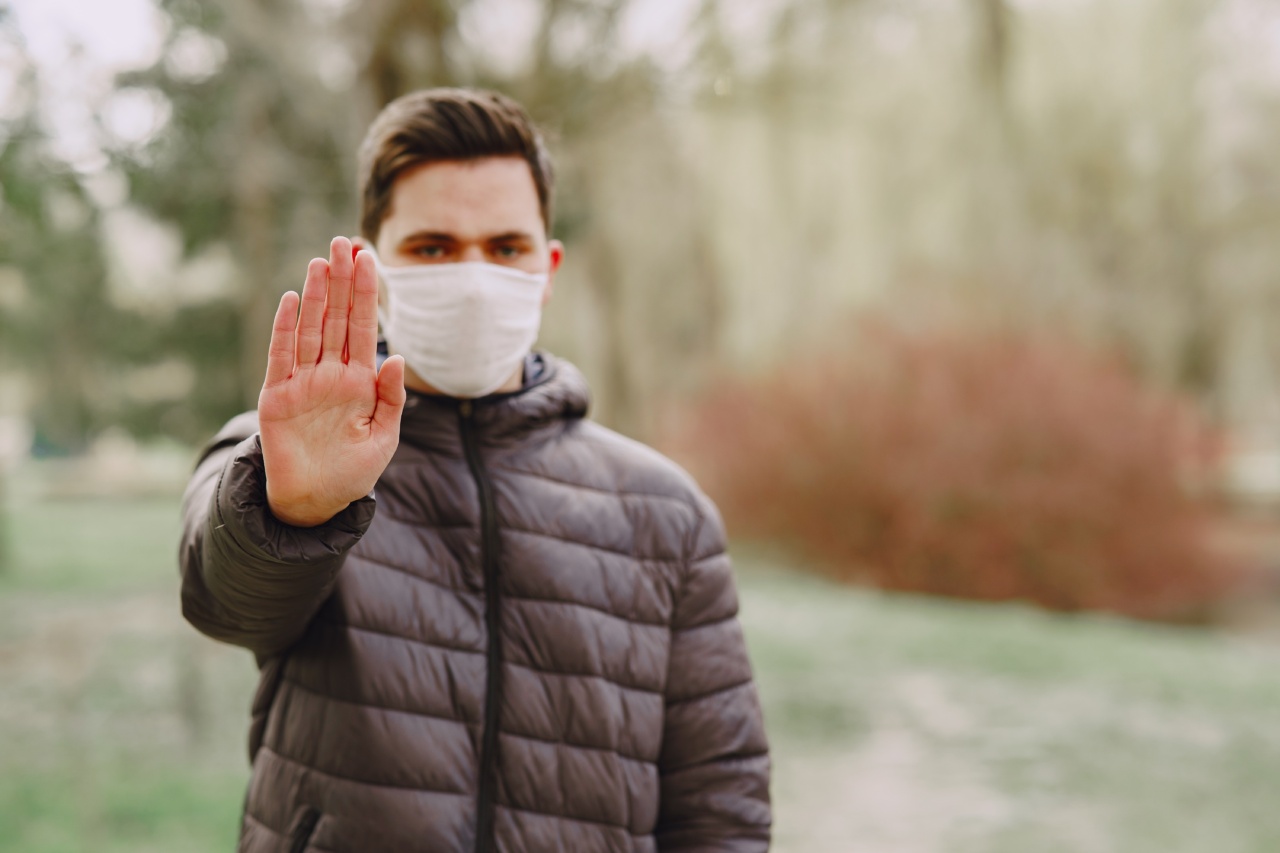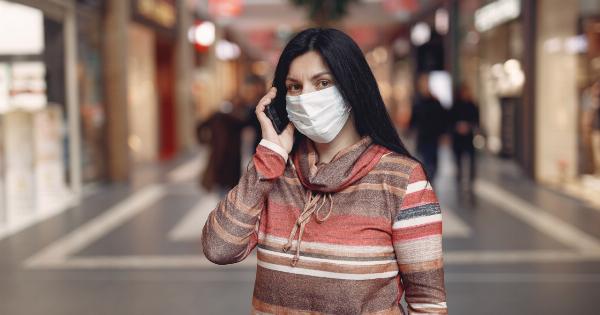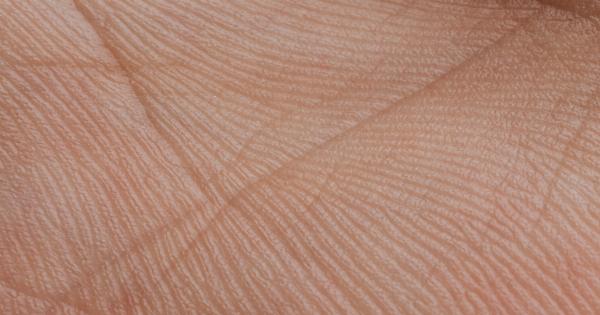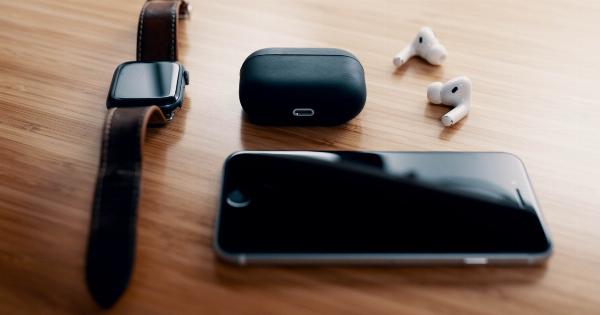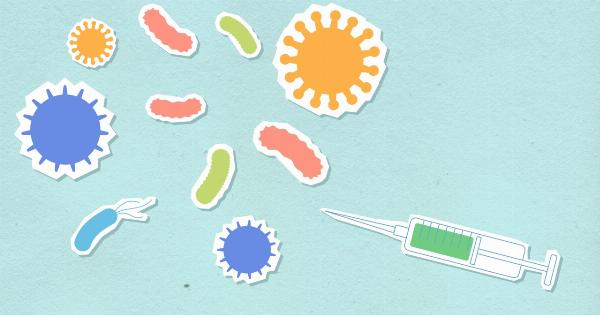In the midst of the pandemic, almost everyone has heard about the infamous COVID-19 virus that has caused chaos throughout the world.
The virus has been known to spread through droplets that are expelled from the respiratory system of an infected person. However, many people are still confused about at what point does the virus stick and how long it can remain on surfaces. In this article, we will explore the answers to these questions in detail.
How the Virus Spreads
To understand when the virus sticks, we first need to understand how it spreads. COVID-19 is primarily transmitted through respiratory droplets when an infected person coughs, sneezes, or talks.
These droplets can land on nearby objects and surfaces, such as tables, doorknobs, and other commonly touched surfaces. If a person then touches these surfaces with their hands and then touches their mouth, nose, or eyes, they could become infected.
Length of Time the Virus Can Survive on Surfaces
According to various studies, COVID-19 can survive on surfaces for varying lengths of time, depending on various factors, such as the type of surface, temperature, and humidity. The virus can remain infectious for:.
- Up to 24 hours on cardboard
- Up to 2-3 days on plastic and stainless steel
- Up to 4 hours on copper
- Up to 4 days on glass
When the Virus Sticks
While the virus can survive on surfaces for varying lengths of time, the more pressing question is at what point does the virus stick to a surface? The virus can stick to a surface as soon as respiratory droplets land on that surface.
The droplets can contain the virus and can transfer the virus to the surface.
Factors that Affect Virus Adherence to Surfaces
While the virus can stick to surfaces as soon as respiratory droplets land on them, various factors can affect the adherence of the virus to surfaces. Some of the factors that may affect virus adherence include:.
- Surface Material: Different surfaces have different textures, which can affect how well respiratory droplets adhere to them. For example, the virus may adhere better to porous surfaces such as fabrics than to smooth surfaces such as glass.
- Humidity: Higher humidity may decrease virus adherence to surfaces by causing respiratory droplets to absorb into the surface.
- Temperature: Higher temperatures may also decrease virus adherence to surfaces due to the increased evaporation of respiratory droplets.
- Type of Fluid: Different fluids contain different levels of salts and proteins that can affect virus adherence.
Preventing the Spread of the Virus
Given that the virus can survive on surfaces for varying lengths of time, it’s essential to take steps to prevent its spread. Some measures to prevent the spread of COVID-19 include:.
- Frequently washing hands with soap and water for at least 20 seconds
- Avoiding touching eyes, nose, and mouth with unwashed hands
- Cleaning and disinfecting frequently touched objects and surfaces daily
- Wearing a face-mask when in public
- Practicing social distancing to reduce close contact with others
Conclusion
In conclusion, respiratory droplets carrying the COVID-19 virus can stick to surfaces as soon as they land on them. The virus can survive on surfaces for varying lengths of time, depending on factors such as surface type, temperature, and humidity.
Taking steps to prevent the spread of the virus, such as hand washing, disinfecting frequently-touched surfaces, wearing face masks, and practicing social distancing, is essential to stay safe during the pandemic.
